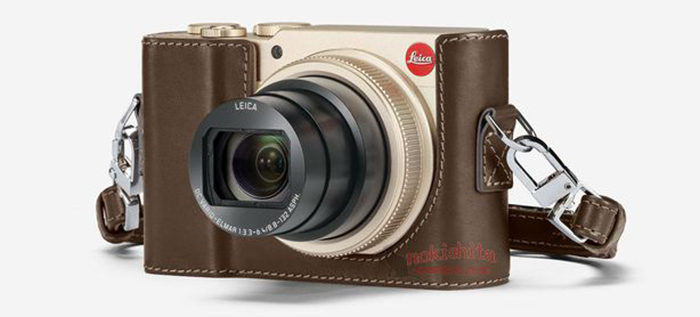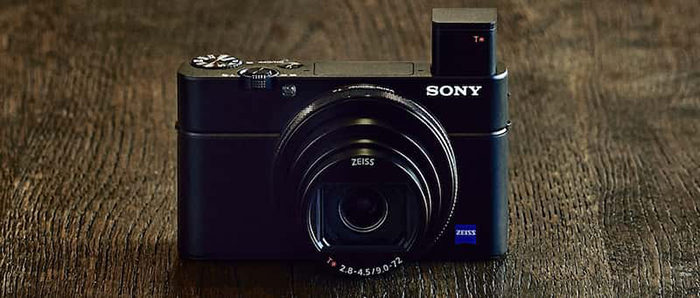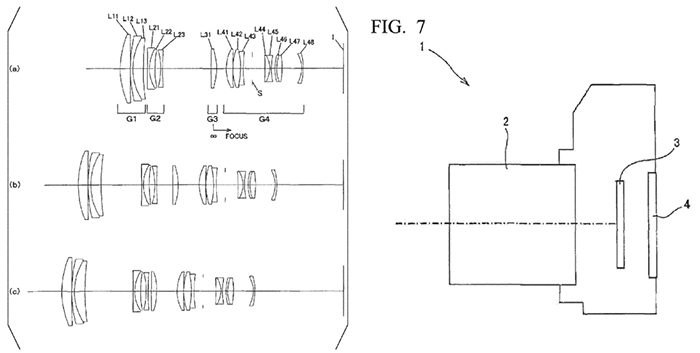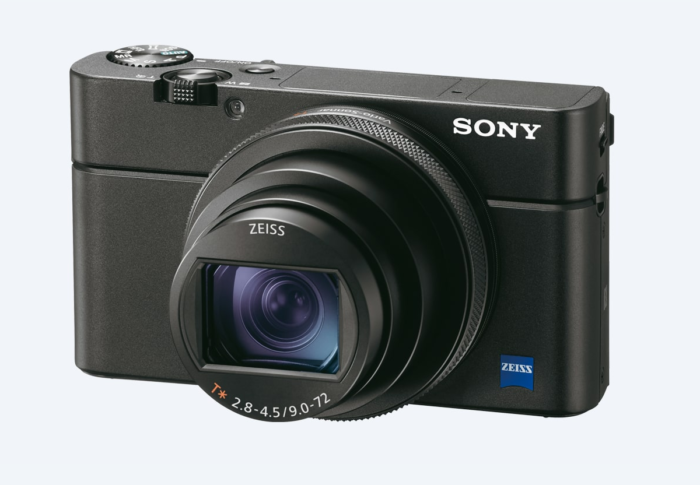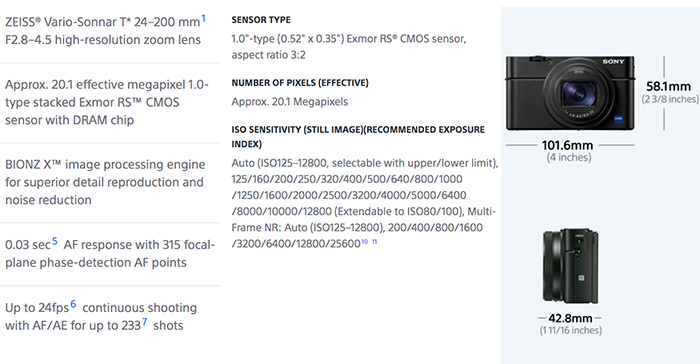mmCalc v2.0 Released – Crop factor calculator website and app
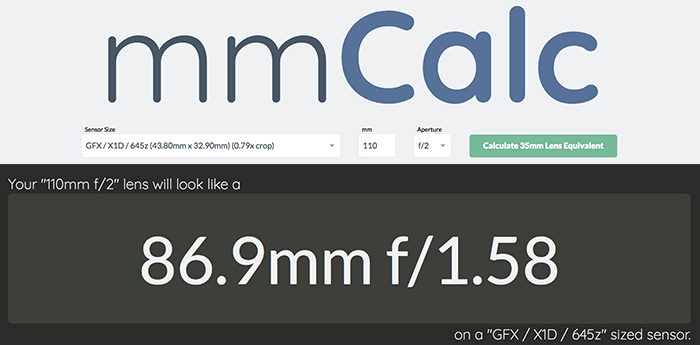
This is a very useful tool to calculate the crop factor calculator for both the focal lenght and aperture. Joe posted this on Reddit:
I recently re-did my website mmcalc.com.
mmCalc is a 35mm lens equivalent and crop factor calculator. Simply input your lenses focal length, the size of your sensor, and what the maximum aperture of your lens is and you’ll get what the lens would be in terms of 35mm full-frame. mmCalc also provides a crop factor calculator that allows you to input the dimensions of your sensor and find out what the exact crop factor is. If you’re unable to calculate for you lens with the pre-defined values, mmCalc also provides a completely customizable calculator that allows you to input your own crop factor, aperture, focal length, and even sensor dimensions.
In addition to standard sensors (m43, aps-c, 1/2.3″, etc), mmCalc also provide calculations for medium and large format sensors. It also has both an Android and iOS app.
